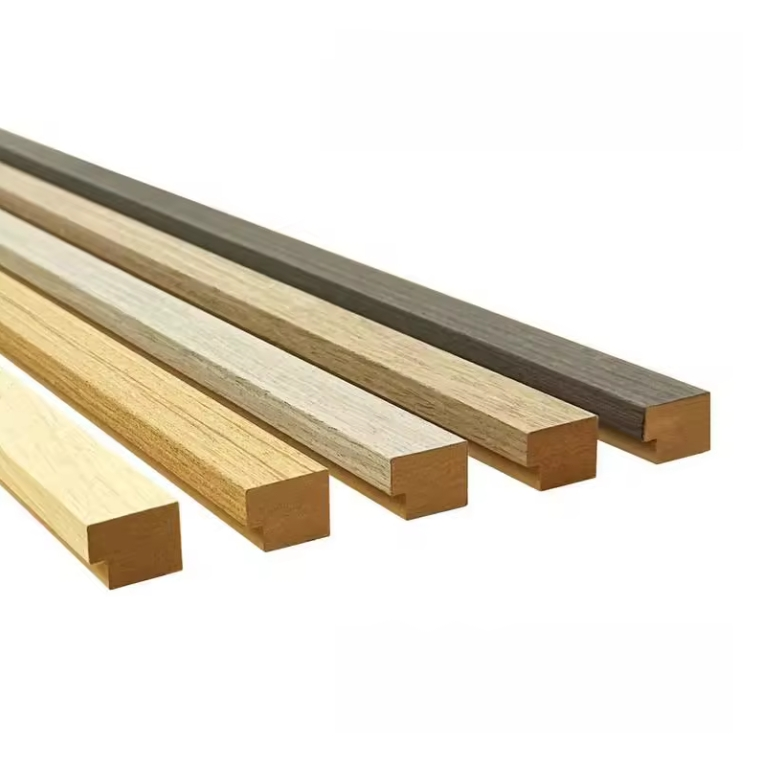Types of Acoustic Panels A Comprehensive Guide
In recent years, the importance of acoustic panels has surged, especially in environments where sound quality is paramount. Whether in recording studios, offices, or public spaces, the need to control sound effectively has led to the development of various types of acoustic panels. This article explores the different types of acoustic panels, their applications, and how to choose the right one for your needs.
1. Foam Acoustic Panels
Foam acoustic panels are perhaps the most commonly recognized types of acoustic treatment. Made from polyurethane foam, these panels are designed to absorb sound waves and reduce echo. Available in various shapes, sizes, and colors, foam panels are suitable for both commercial and residential settings. They are particularly effective for absorbing mid to high frequencies, making them ideal for music studios, home theaters, and gaming rooms. Installation is typically straightforward, as they can be adhered to walls using adhesive or clips.
2. Fabric-Wrapped Panels
Fabric-wrapped acoustic panels consist of a core material, usually fiberglass or mineral wool, wrapped in a layer of fabric. These panels combine aesthetic appeal with acoustic performance. The fabric comes in a wide array of colors and textures, allowing for customization to match interior decor. Fabric-wrapped panels are excellent for absorbing sound across a wide range of frequencies, making them particularly useful in offices, conference rooms, and auditoriums where both aesthetics and acoustics matter.
3. Wood Panels
Wood acoustic panels are an attractive option that adds a natural element to spaces while also providing effective sound absorption. These panels are typically made from engineered wood materials with acoustic properties. They can be installed vertically or horizontally, creating a visually pleasing design while reducing noise levels. Wood panels are commonly used in concert halls, restaurants, and upscale offices, where sound quality and aesthetics are equally important.
4. Perforated Panels
acoustic panel types

Perforated acoustic panels are constructed from various materials like wood, metal, or plastic, featuring a pattern of holes or slits. This design allows sound to pass through the panel, which is absorbed by the core material behind it, effectively controlling echo and reverberation. Perforated panels are versatile and can be used in a range of applications, from public spaces like schools and libraries to industrial settings. They combine functionality with an appealing visual aspect, making them a popular choice for modern architecture.
5. Bass Traps
Bass traps are specialized acoustic panels designed to tackle low-frequency sounds. Unlike standard acoustic panels, which primarily address mid and high frequencies, bass traps are optimized to absorb sound waves produced by bass instruments or low-frequency noises. These panels are typically placed in corners, where sound waves tend to accumulate. Using bass traps along with other types of acoustic panels can create a more balanced sound environment, particularly in home theaters and recording studios.
6. Diffusers
While not traditional acoustic panels focused solely on absorption, diffusers play a crucial role in acoustic treatment. They scatter sound waves rather than absorbing them, which can help maintain a more natural sound in a space. Diffusers are frequently used in music venues, conference halls, and studios to prevent echoes and create a more evenly distributed sound field. They are often made from materials like wood or plastic and come in various designs, from simple geometric shapes to intricate patterns.
Choosing the Right Acoustic Panel
When selecting acoustic panels, it’s essential to consider several factors, including the purpose of the space, the desired aesthetic, the types of sounds you need to control, and your budget. For instance, a recording studio may benefit from a combination of foam panels for high-frequency absorption and bass traps for low frequencies. In contrast, a corporate office might prioritize sleek, fabric-wrapped panels that enhance sound quality while complementing the decor.
Conclusion
Acoustic panels come in various types, each designed to address specific sound characteristics. Understanding these different panel types and their applications can help you make informed decisions about acoustic treatments that suit your space. By choosing the appropriate acoustic panels, you can create an environment that is not only sound-friendly but also aesthetically pleasing, enhancing both performance and comfort.
